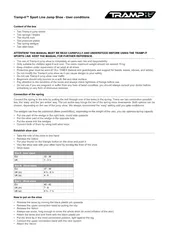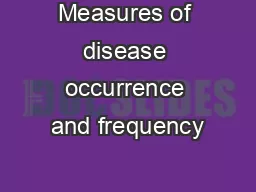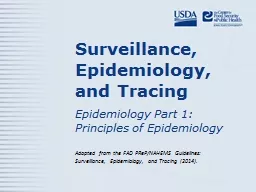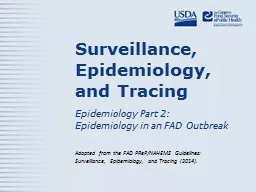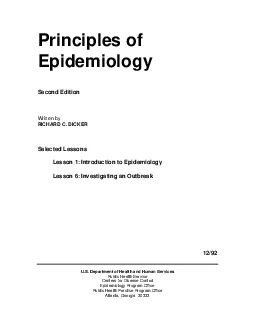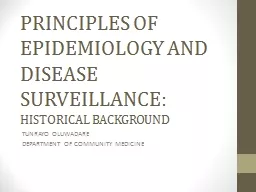PPT-CHAPTER TWO Classical Epidemiology
Author : stella | Published Date : 2022-06-08
A Little Bit of History Those who fail to learn from history are doomed to repeat it Winston Churchill 21041437 1 Dr Mohammed Alnaif CHAPTER TWO Classical Epidemiology
Presentation Embed Code
Download Presentation
Download Presentation The PPT/PDF document "CHAPTER TWO Classical Epidemiology" is the property of its rightful owner. Permission is granted to download and print the materials on this website for personal, non-commercial use only, and to display it on your personal computer provided you do not modify the materials and that you retain all copyright notices contained in the materials. By downloading content from our website, you accept the terms of this agreement.
CHAPTER TWO Classical Epidemiology: Transcript
Download Rules Of Document
"CHAPTER TWO Classical Epidemiology"The content belongs to its owner. You may download and print it for personal use, without modification, and keep all copyright notices. By downloading, you agree to these terms.
Related Documents



